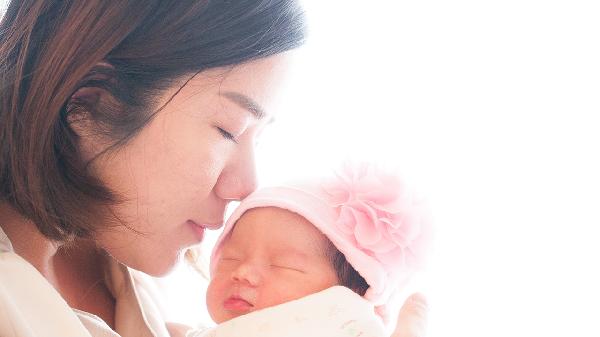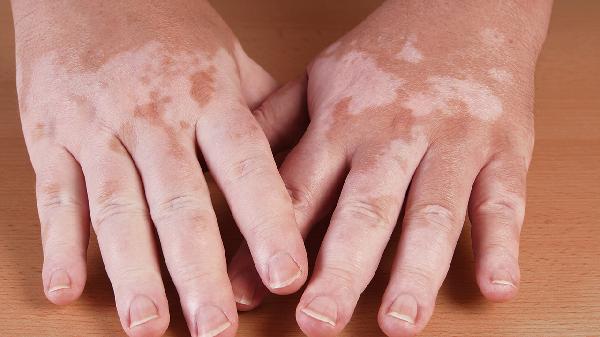During a baby's growth, spitting up and vomiting are quite common. For some new mothers, lack of experience can make it difficult to distinguish between the two. So today, I'll teach you how to identify and handle baby spitting up and vomiting.
Spitting Up
It refers to the mild reflux of stomach contents into the oral cavity, often accompanied by burping, which is common during infancy.
Each baby is different. Some may improve after they can sit up, while others may continue to spit up severely until they start walking, or even after their first birthday. Common reasons for spitting up include: overeating, exceeding stomach capacity; or spitting up due to burping or drooling. This kind of spitting up generally doesn't harm the baby's health or pose any danger, so there's no need to worry too much.

Here’s how to handle spitting up:
1. Feed on demand; don’t wait until the baby is extremely hungry.
2. Avoid feeding the baby while lying flat.
3. If the baby is formula-fed, burp the baby every 3–5 minutes during feeding.
4. If using a bottle, ensure the nipple hole is the right size.
5. Don’t disturb the baby while feeding; try to eliminate potential distractions.
Vomiting
Vomiting refers to the forceful expulsion of stomach contents through the mouth. In the early years of life, most babies will experience this to some degree, and it usually doesn’t require treatment. Vomiting in babies is mainly caused by two categories of reasons:
The first is infectious factors, most commonly gastrointestinal infections. Vomiting in infants is often caused by viral infections, with a few cases due to bacteria or parasites. Additionally, infections outside the digestive tract can also cause vomiting. If the baby shows severe abdominal pain, vomiting lasting more than 24 hours, convulsions, jaundice, signs of dehydration, or vomit containing blood or bile, seek medical attention promptly. If the baby is vomiting, it’s best to have them sleep on their stomach or side to prevent aspiration of vomit into the upper respiratory tract or lungs; ensure they are adequately hydrated to prevent dehydration.
The second category is gastroesophageal reflux, which is mostly physiological. This is related to the looseness of the muscles in the lower esophagus and usually resolves naturally with age, causing no adverse effects. For this condition, methods such as feeding smaller amounts more frequently, burping the baby during feeding, and keeping the baby upright after feeding can help control gastroesophageal reflux.
























